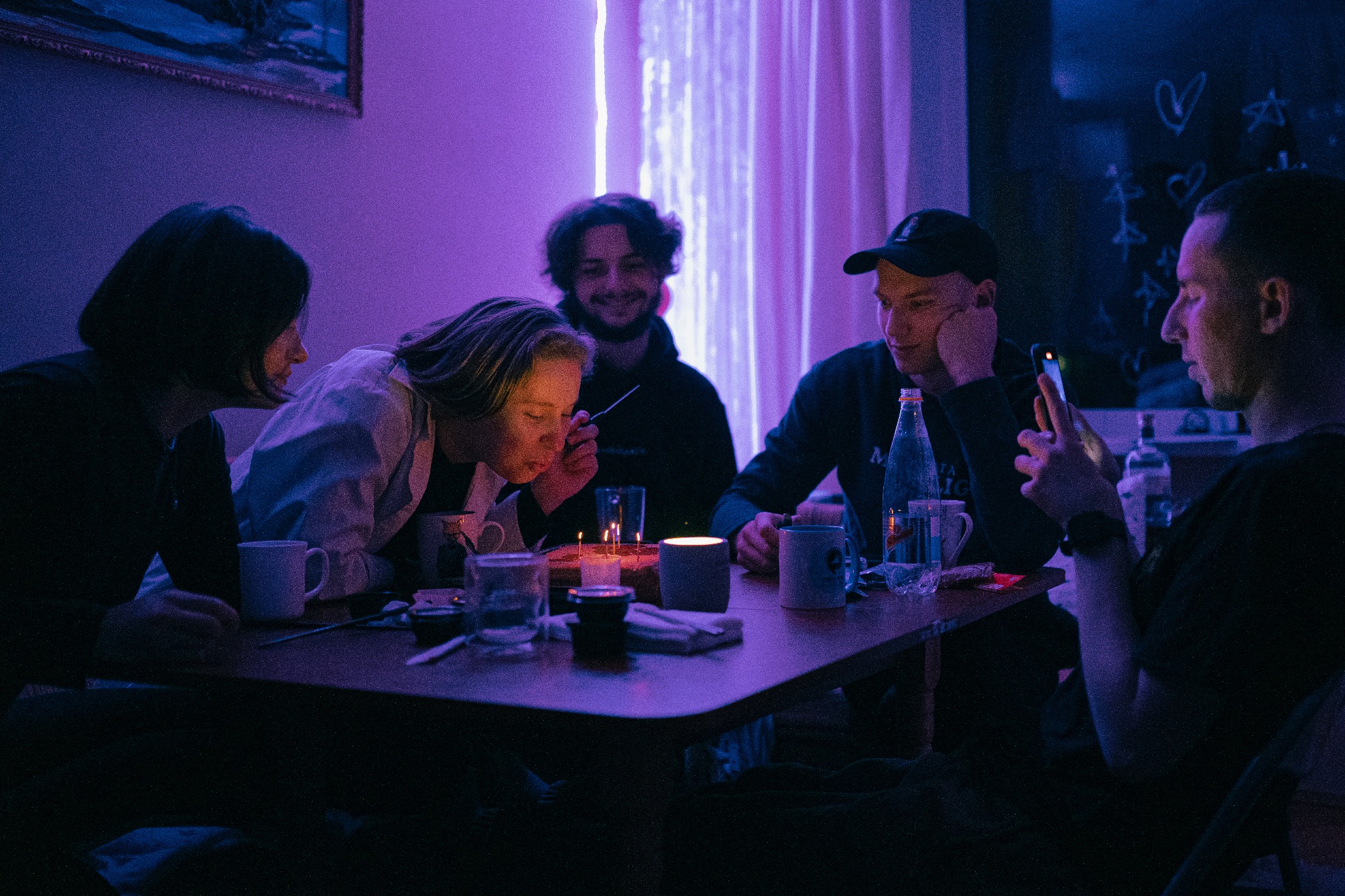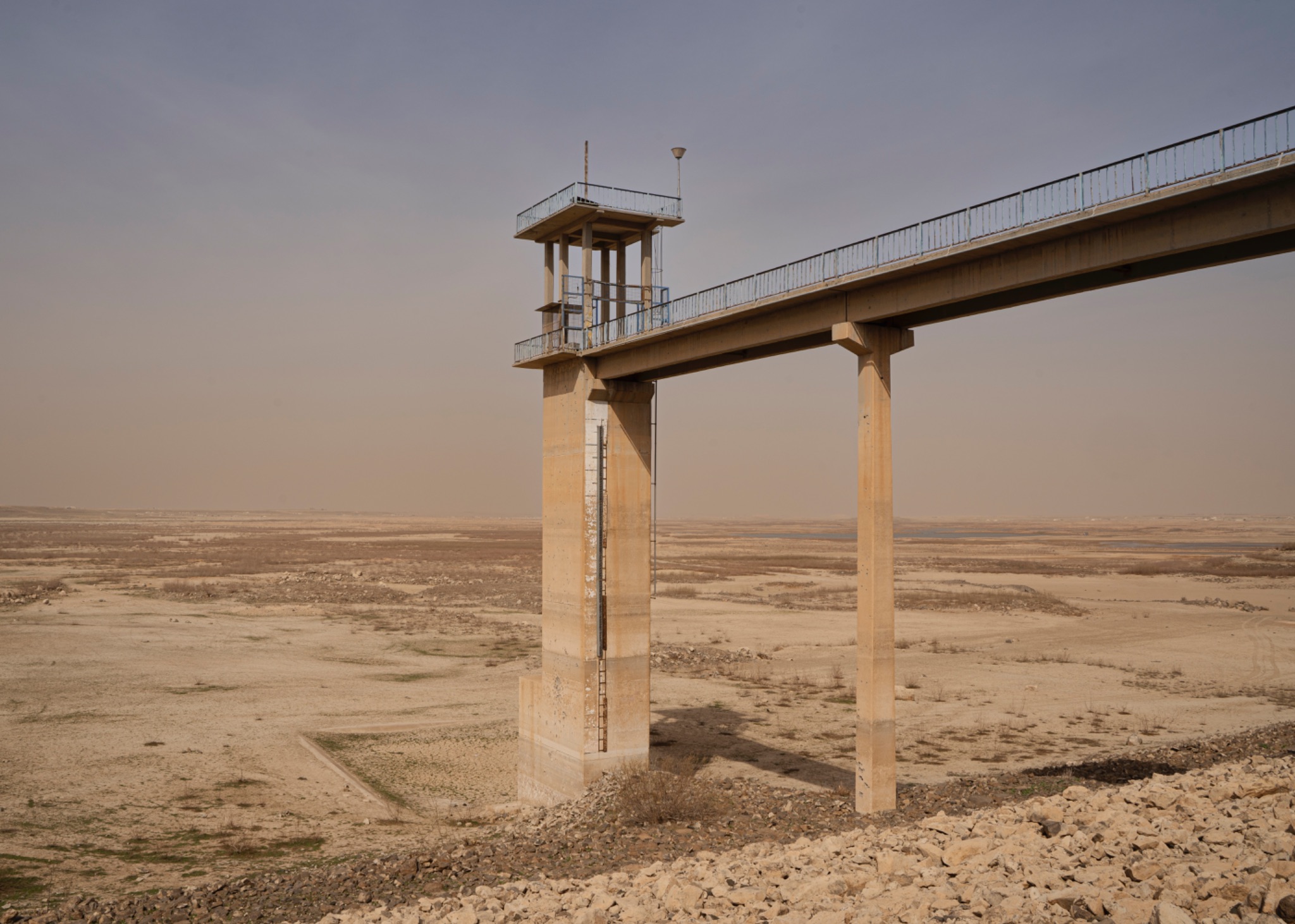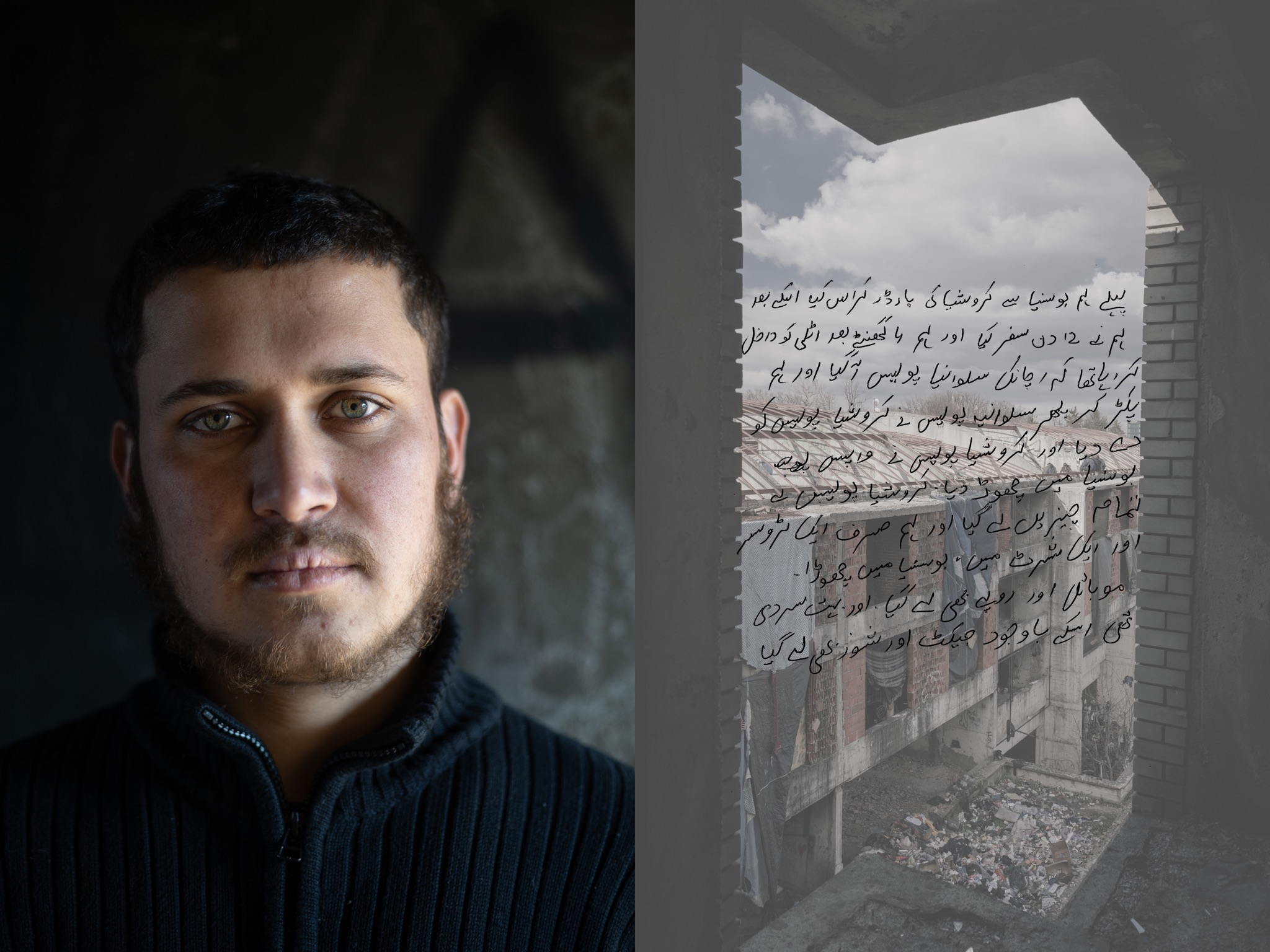Fragile as Glass: LGBTQI+ people in the Russian invasion against Ukraine
“Fragile as glass” is a long-term photographic essay following the fates of different queer realities in Ukraine.
Since Russia’s invasion of Ukraine on February 24, 2022, the political and social reformation of the country initiated by Euromaidan has been severely tested. Old priorities have shifted, taken a back seat, or are more in focus than ever. The difficult situation of the community is further exacerbated by war, homophobic and anti-trans propaganda driven by Russia, and the persecution of queer activists. Quotes and interviews complement the documentary photos from the lives of the five protagonists. In intimate, powerful, and moving portraits and statements, the fragility of their situation is exposed, and it becomes clear how the war affects their lives, their environment, their identity, and sexuality.
The photo essay was awarded with the Residence Prize at the Portraits Hellerau Photography Award. The photo series was exhibited at the "Helsinki Photofestival" in 2023. Most recently, the essay was honored at the LensCulture Emerging Talents Award and will be exhibited as part of the winning exhibition in New York (2024). The photo essay was published as a book by Kettler Publishing house in April 2024.

Climate Crisis and War: When water becomes a weapon
An often forgotten region that is currently characterised by many crises: the north-east of Syria. Global warming is hitting the region harder than almost any other - at the same time, Turkey is restricting the flow of the Euphrates, the country's lifeline. Aside from that people in the region are still coming to terms with the horrors of the rule of the so-called Islamic State. But Turkey is not only cutting back the water supply, but also regularly bombing the region.
Text & research: Bartholomäus Laffert
Research assistance & translation: Shaveen Mohammad
Transport & security: Shalaan Albello
Travel and research funded through „Global Health Security Call 2023“ by European Journalism Center“
Singular images have been published by Amnesty Journal, Greenpeace Magazin, TAZ, WOZ, and Zeit Online.

The people behind the border
Long-term documentary project.
Far from the public gaze, Bihać, a small town in north-western Bosnia-Herzegovina, has become a focal point of migration to Europe. Since February 2021 approximately 300 to 400 young refugees live in several abandoned buildings across Bihać, stranded during the attempt to cross into the European Union. People search for alternatives to official camps that are overcrowded, in horrendous conditions and set up in remote areas.
In 2021 the two biggest self-organized shelters in Bihać are an old paper factory and an unfinished retirement home, called „Dom Penzionera“. The shells are in a very bad condition with no windows, electricity or running water. Heating and cooking is only possible with open fire. The inhabitants are mostly left on their own, as aid work is criminalized, with just a few inhabitants of Bihać and international activists secretly supporting them. Most of the young men that live here have tried to reach Croatia numerous times. Often they are stopped by the Croatian authorities and violently deported back to Bosnia. Some even report, having gone to “the game”, as they call the attempt to cross the border, up to thirteen times. Very little is known about the people forced to live behind the border, their fears, what they experienced and what they wish for.
Therefore, the concept of the project is, to let the people who are affected, participate in the representation of the situation. Handwritten letters are juxtaposed with portraits in front of a neutral background, so the poor conditions they live in do not distract from their faces and words. This is an attempt to counteract the dehumanization they are exposed to every day. The people were given as much time as they wanted to decide what and how much they wished to share. The surrounding images additionally show the reality of their everyday life.
